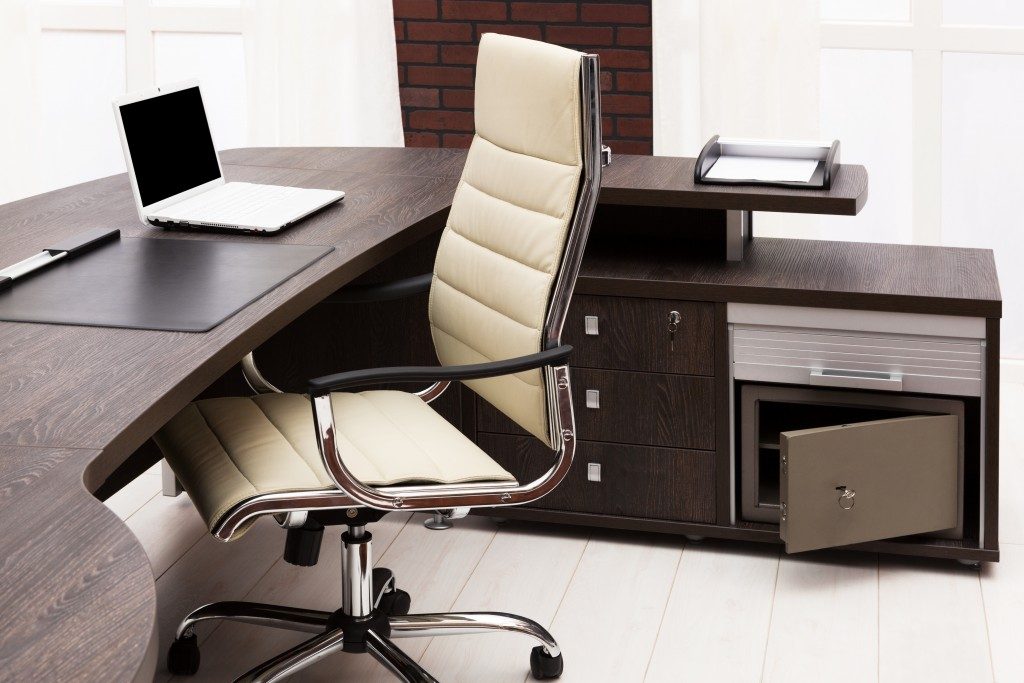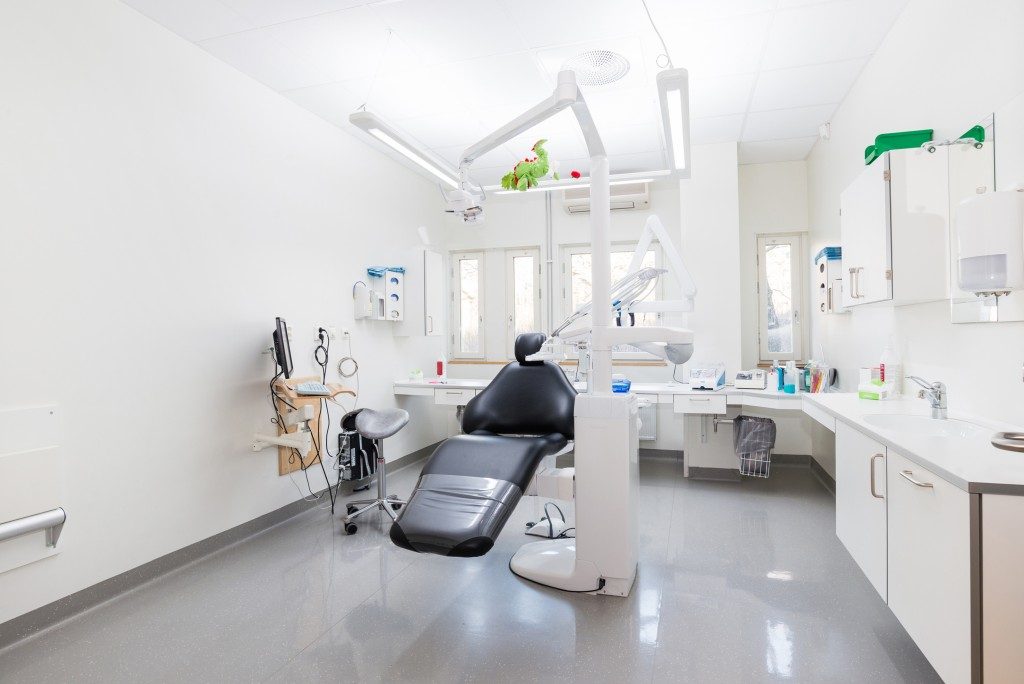Once you have decided on the function and layout of your office, you are now ready to choose its furniture. The two main requirements are function and comfort, and you should always try to fulfil the two together. Too much compromise would affect the productivity of your staff and the success of the company could hang by a thread.
Today, you must pay attention to the importance of choosing the right furniture for the members of your organization, whether it is a used office desk and chair or not.
It starts with the chair and the desk
Office design experts will tell you that you cannot choose a desk and a chair separately. If you have found one that an employee can sit on comfortably — for hours if necessary, you have to fit said chair with a proper desk.
Both must fit the user. The chair height and work surface height should be compatible because the chair alone will not determine how a person sits. The dimension of both the desk and chair will determine how a person’s arms and spine will respond to the physical demands of the task while maintaining proper posture.
In focus: The Desk
A person’s height is the most important determinant for desk height. Other parameters to consider are the equipment and tools, and the task to be performed.
Ideally, a person working in a computer placed on the surface of a desk should be able to maintain an upper-arm to forearm angle between 70 degrees and 135 degrees. Anything below or above the range would spell discomfort after a while. Aside from desk height, ergonomic work station design also considers the shape and layout of the desk, and possible shifts in position as one takes on various tasks in the course of the day.
In focus: The Chair
 Workplace injuries are avoidable. Absenteeism and doctor consultations for low back pain, muscle pain, headaches, and various types of strains can be avoided if a person can sit on a chair with their feet flat on the floor, the knees slightly lower than the hips, or at least at the same height.
Workplace injuries are avoidable. Absenteeism and doctor consultations for low back pain, muscle pain, headaches, and various types of strains can be avoided if a person can sit on a chair with their feet flat on the floor, the knees slightly lower than the hips, or at least at the same height.
Your ability to push the hips as far back as they can go on the chair’s surface is also a determinant of comfort. This is determined by ample lower back support, as well as the availability of a 100° to 110° reclination. The armrests must promote relaxation of the shoulders, and it is also advisable if they are removable. As mentioned, choosing a chair should always be in conjunction with a desk. They should always come together.
The days of one-size-fits-all are long gone. The many hours spent in an office cubicle seated on a poorly chosen office desk and chair had cost many companies millions of dollars in medical and rehabilitative care. Poor configuration of office areas result in chronic musculoskeletal conditions, which disrupt office functions, and cause millions of dollars’ worth of pain and suffering. From these mistakes, we have learned that it is necessary to choose furniture based on ergonomic design principles to promote productivity and well-being in the workplace.




